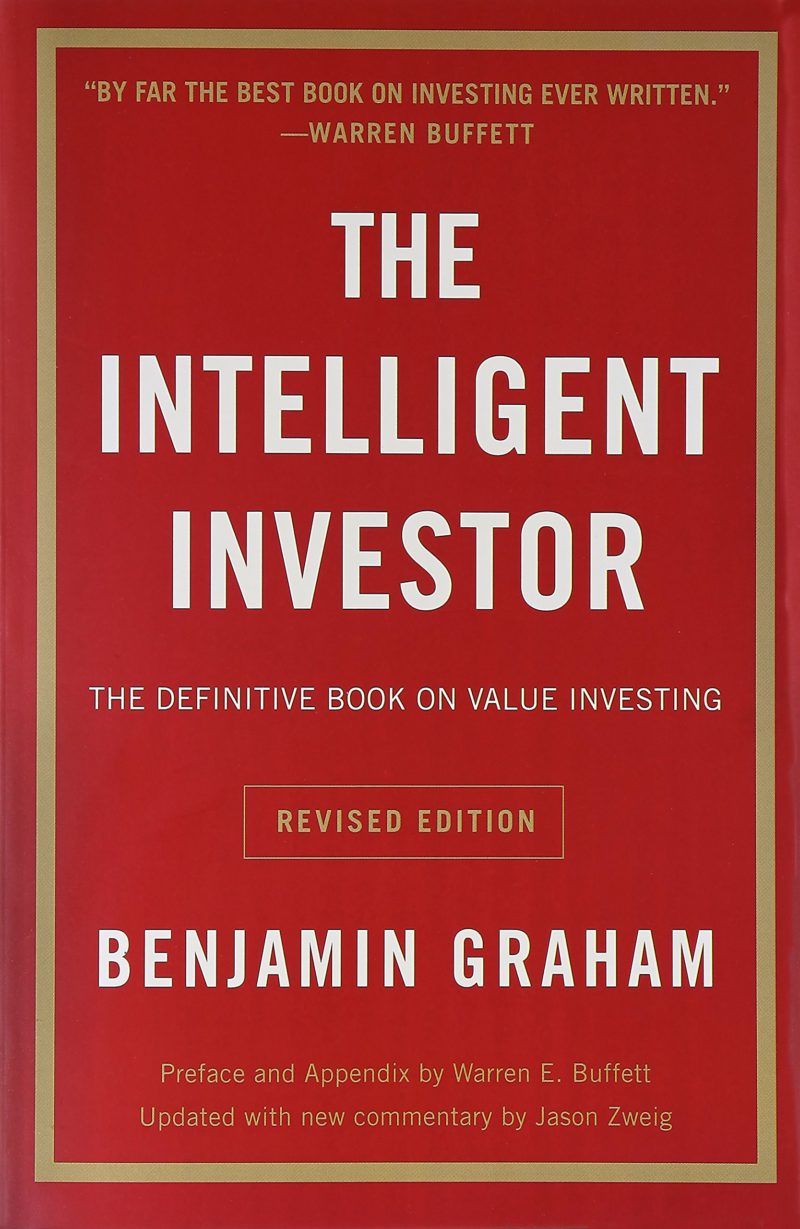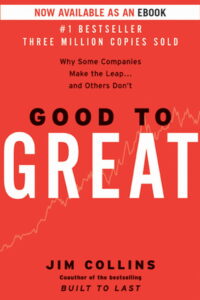A Thorough Review of "The Intelligent Investor" by Benjamin Graham
his seminal work by Benjamin Graham, updated with commentary by Jason Zweig, offers a comprehensive guide to value investing, emphasizing principles like the margin of safety, investor psychology, and long-term wealth creation.
Subjects: investing
Benjamin Graham’s “The Intelligent Investor” is heralded as the cornerstone of value investing. The book, revised by Jason Zweig, integrates Graham’s timeless investment principles with contemporary examples, making it relevant for today’s investors. Graham distinguishes between “investors” and “speculators,” advocating for an investment approach that prioritizes safety of principal and an adequate return. This philosophy is built on the foundational concept of the “margin of safety,” which serves as a buffer against errors in calculation or market volatility, ensuring that investments are made with a significant degree of security against loss under normal or adverse market conditions.
Graham’s work also delves into investor psychology, stressing the importance of emotional discipline. He argues that an investor’s worst enemy is likely themselves, as emotions can lead to irrational decisions. Zweig’s commentary reinforces this by reflecting on the dot-com bubble and other market crises, showing how deviations from Graham’s principles led to significant financial losses for those who engaged in speculative behavior.
The book covers various strategies for both defensive and enterprising investors, advocating for a diversified portfolio and caution against overpaying for securities, regardless of market trends. Graham’s analysis includes case studies and statistical data to support his investment strategies, providing readers with concrete examples of how to apply his methods.
Furthermore, “The Intelligent Investor” emphasizes the significance of fundamental analysis and the evaluation of a company’s intrinsic value as opposed to its market price. This approach encourages investors to focus on long-term investment objectives and to avoid market timing, which Graham suggests is a speculative strategy with a high likelihood of failure.
In the context of contemporary markets, Zweig’s updates offer insights into the relevance of Graham’s principles amidst the complexities of modern financial environments. The addition of these commentaries not only contextualizes Graham’s original work but also provides readers with practical advice on navigating current investment landscapes.
Comparatively, “The Intelligent Investor” stands as a more conservative approach to investing than other investment philosophies that emphasize technical analysis or market timing. Its influence is evident in the strategies of successful investors like Warren Buffett, who consider Graham not only a mentor but also the foundation upon which their investment philosophies are built.
In conclusion, “The Intelligent Investor” by Benjamin Graham, enhanced with Jason Zweig’s contemporary insights, remains a crucial read for anyone looking to understand the principles of value investing. Its emphasis on investor psychology, fundamental analysis, and a disciplined approach to investing offers valuable lessons for both novice and experienced investors, encouraging a methodical and principled strategy to achieving financial security and growth.
What’s For the Investors:
- Detailed Strategies for Different Types of Investors: Graham elaborates on strategies suited for both the defensive (passive) investor and the enterprising (active) investor, offering nuanced advice on portfolio management, stock selection, and asset allocation that varies depending on an investor’s commitment to managing their investments.
- In-depth Analysis on the Margin of Safety: This is a central tenet of Graham’s philosophy, emphasizing the importance of investing with a safety buffer to protect against errors in valuation or unforeseen market downturns. The book provides practical examples of how to calculate and apply this concept.
- Market Fluctuations and Investor Psychology: Graham discusses how investors can turn market volatility to their advantage by maintaining a disciplined approach to investing, rather than falling prey to emotional reactions that can lead to poor decision-making.
- Case Studies and Historical Analysis: Through case studies and historical market analysis, Graham offers lessons on how to interpret market movements, recognize value, and make informed investment decisions.
- Principles of Fundamental Analysis: The book delves into the principles of analyzing companies based on their intrinsic value, including their financial statements, competitive position, and future earnings potential, guiding investors on how to select fundamentally strong companies at reasonable prices.
- The Investor’s Enemies: Graham identifies various pitfalls that can derail an investor’s success, including popular opinion, market predictions, and speculative impulses, providing advice on how to avoid these common traps.
Methodologies in the book:
- Analysis of Financial Statements: Understanding balance sheets, income statements, and cash flow statements.
- Margin of Safety: Calculating the intrinsic value of stocks to ensure a buffer against market volatility.
- Portfolio Diversification: Strategies for spreading investment across different asset classes.
- Market Analysis: Interpreting market conditions and investor behavior to make informed decisions.
- Investor Psychology: Managing emotional biases and maintaining discipline in investment choices.
For a comprehensive understanding and application of Graham’s investment principles, readers and investors are encouraged to study the detailed methodologies, examples, and advice presented throughout “The Intelligent Investor.”




